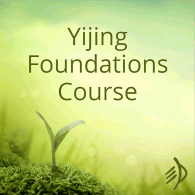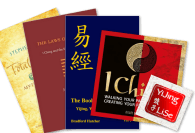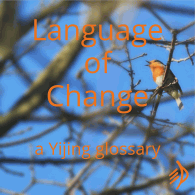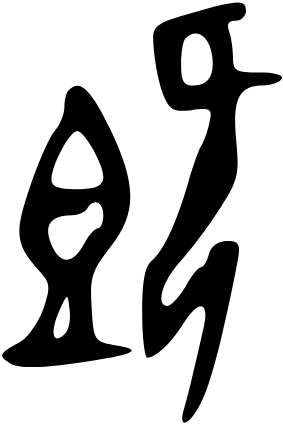Step by step
Episode 44 of the I Ching with Clarity podcast is about an artist getting started with showing her art, one step at a time – Hexagram 46, Pushing Upward, changing to the Repeating Chasms of Hexagram 29, which made their presence felt as an emotional background. changing to I hope… Read more »Step by step















